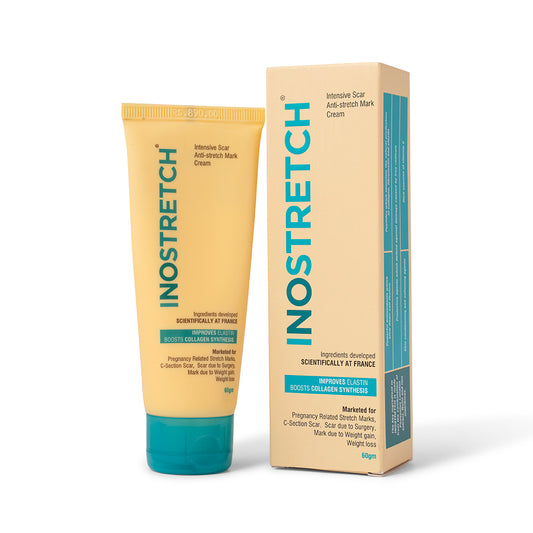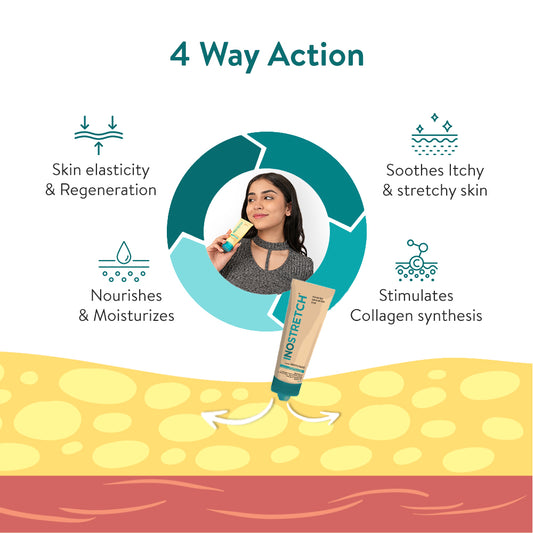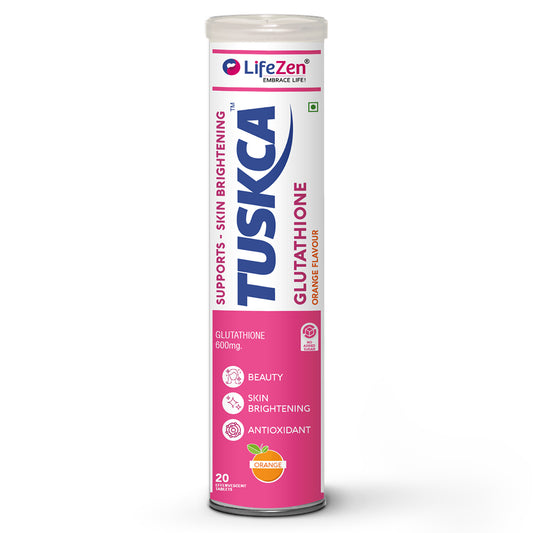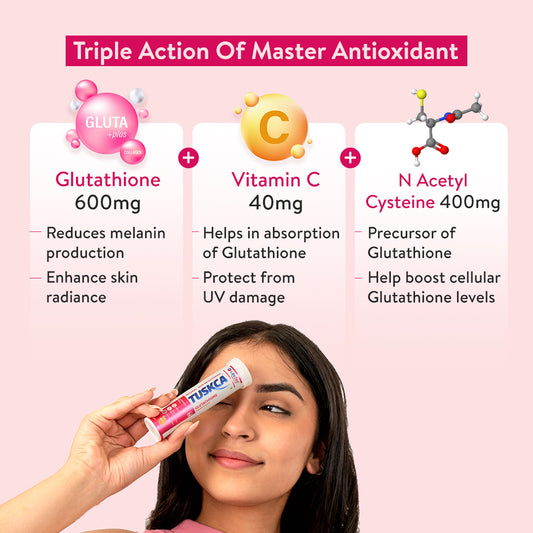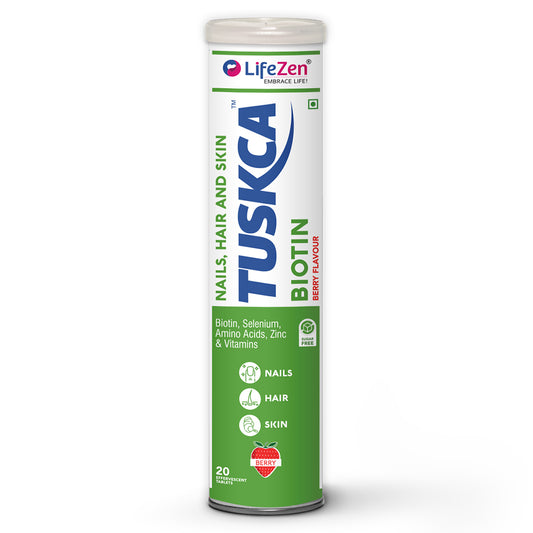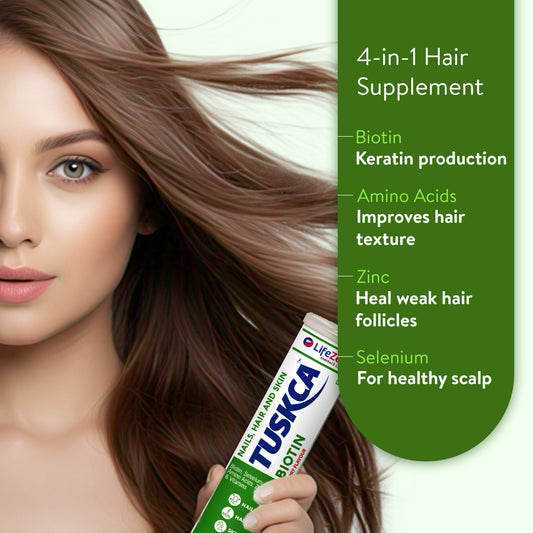Healthier Bones with Calcium & Vitamin D
Bones are living tissues that continuously grow and repair themselves. During bone development, calcium is absorbed through the gastrointestinal system and deposited onto the bone's surface. This mineral hardens the organic structure of new bone cells, making them strong and resilient. The primary minerals found in bones include calcium phosphate, calcium fluoride, and calcium carbonate, all of which contribute to the bone’s resistance against pressure and injury. Bones or bone tissues are the store house of calcium. You must know that your body doesn't produce calcium. Your body gets needed calcium for bones, muscles, and varied functions from food and supplements. If there is a deficit of calcium and you don't provide the amount of calcium it requires, then the body starts taking it from bones.
Calcium doesn’t work alone, it has a vital partner: vitamin D. Vitamin D enhances the body’s ability to absorb calcium effectively. Some studies even suggest that higher vitamin D intake can help prevent osteoporosis.
Often called the “sunshine vitamin,” vitamin D is found in very few foods but is naturally produced in the skin when exposed to sunlight. The sun’s ultraviolet B (UVB) rays convert a substance in your skin into cholecalciferol (vitamin D3), which your body then transforms into an active form of vitamin D that helps absorb calcium and maintain bone health.
How much vitamin D do you need?
According to the National Institutes of Health, recommended daily vitamin D intake varies by age:
- Infants (0–12 months): 400 IU
- Children and teens: 600 IU
- Adults (19–70 years): 600 IU
- Pregnant and breastfeeding women: 600 IU
- Adults (71+ years): 800 IU
The best way to determine if you're getting enough vitamin D is through a blood test that measures 25-hydroxyvitamin D, the metabolized form of the vitamin.
Top sources of calcium
Sesame seeds. These tiny seeds are packed with calcium about 1000 mg per 100g of raw seeds. Tahini (sesame seed butter) also contains about 426 mg per 100g.
Chia seeds. A lesser-known calcium powerhouse, chia seeds offer around 631 mg per 100g. They’re also rich in omega-3 and omega-6 fatty acids.
Dark leafy greens. Vegetables like spinach, kale, bok choy, mustard greens, and collards are excellent sources of calcium:
- Spinach: 56 mg per cup
- Collard greens: 145 mg per 100 g
- Bok choy (steamed): 158 mg per cup
- Kale: 139 mg per 100 g
- Mustard greens: 103 mg per 100 g
Oranges. One cup of fresh orange juice contains about 72 mg of calcium and is also high in vitamin C, which helps enhance calcium absorption.
Quinoa. This nutritious whole grain contains between 60–100 mg of calcium per cooked cup and also provides potassium, protein, and zinc.
Top sources of vitamin D
Fortified foods. Many everyday foods are fortified with vitamin D, including milk, plant-based milk alternatives, orange juice, cereals, and some yogurts.
Sunlight. Aim for 5 to 30 minutes of sun exposure twice a week between 10 a.m. and 3 p.m. to your face, arms, legs, or back without sunscreen to naturally boost your vitamin D levels.
Supplements. If your diet and sunlight exposure are insufficient, consider vitamin D supplements.
Vitamin D3 (cholecalciferol). Often derived from animal sources (lanolin).
Vitamin D2 (ergocalciferol). A plant-based and suitable for vegans.Always consult your healthcare provider before starting supplements.
Bone health and lifestyle choices
Smoking negatively affects your bones by impairing the body’s ability to use vitamin D, which is essential for calcium absorption. It also damages osteoblasts, the cells responsible for bone formation. The result? Weakened, fragile bones. Quitting smoking is a crucial step toward stronger, healthier bones.
Maintaining strong bones is a lifelong commitment. By ensuring a diet rich in calcium and vitamin D, getting adequate sunlight, and making healthy lifestyle choices, you can significantly reduce your risk of bone diseases and enjoy better overall health.
